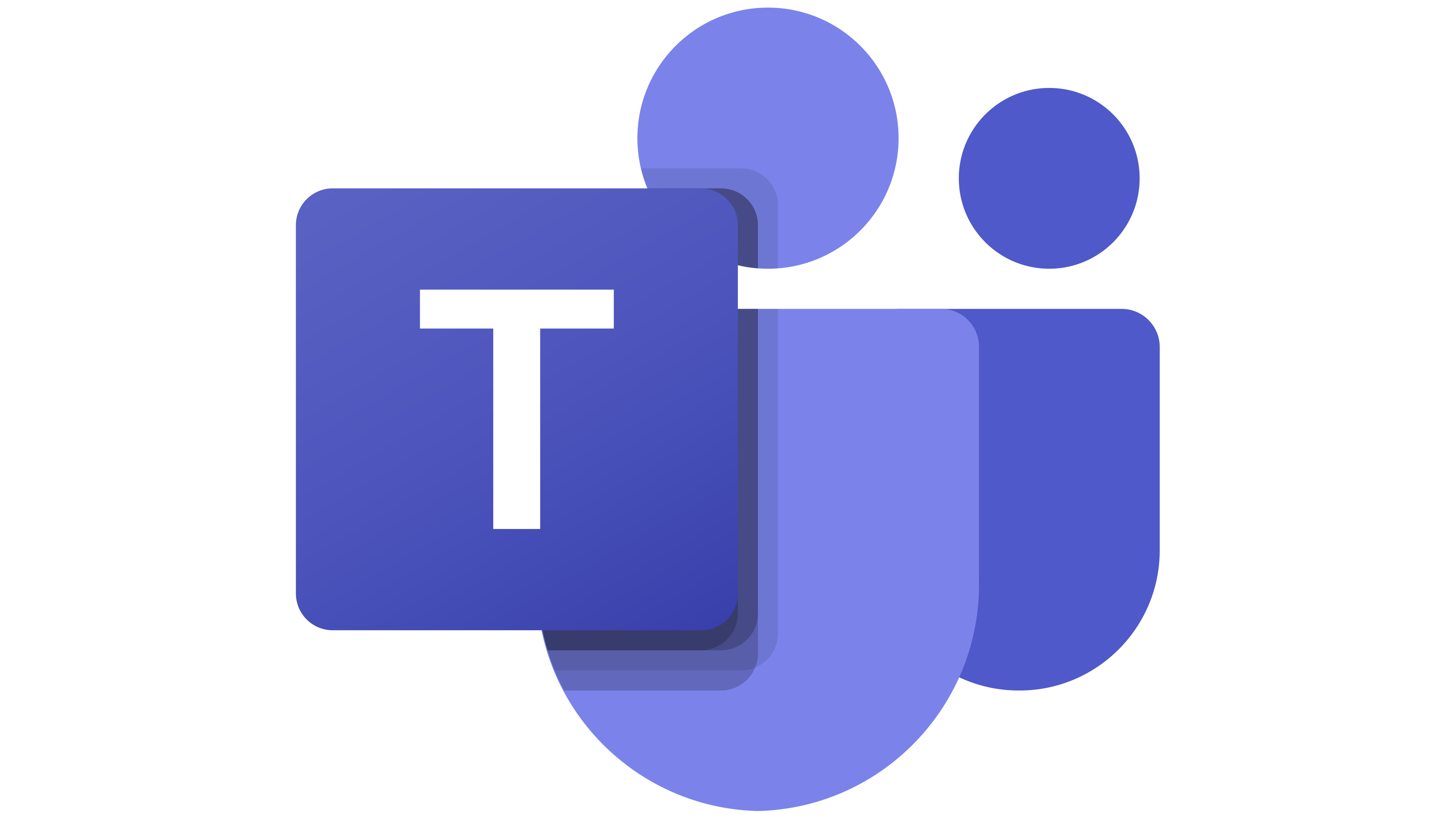HR Service Management is a challenging business. And each major industry has certain characteristics that exacerbate the challenge. This article examines those challenging characteristics in the healthcare industry.
What makes HR Service Delivery challenging in Healthcare?
At Neocase, we’ve been fortunate to partner with many leading healthcare organizations, ranging from regional in-state groups to larger national organizations. Through each implementation, we’ve seen consistently-recurring needs that required us to deliver certain key features within the software.
Those needs have been driven by the disparity of employee profiles throughout the industry. This article examines those disparities and the specific software tools that our clients are leveraging to simultaneously increase the efficiency of their service operations and the personalization of that service.
Unionized Medical Employees
Each hospital group has a contingent of medical professionals represented by a union. The HR policies that apply to the represented medical workers differ from the policies pertaining to the corresponding non-represented employees. Therefore, HR Knowledge base needs to be able to segment and deliver content based on union representation.
Similarly, there are HR transactions that must follow different processes when performed for a represented vs. a non-represented medical professional. Therefore, the case management tools must also provide the capability to trigger the appropriate workflow, according to the employee's representation status.
Contingent, Hourly & Salaried Facility Employees
Most healthcare organizations have multiple campuses, and a substantial contingent of employees whose job is to maintain those campus facilities. They’ll range from hourly contract workers to full-time salaried employees. Some are represented by a union, and others are not.
Just as the HR case management tool must be able to segment and present the right policy content for unionized professionals, it must do the same for the facilities workers. And transaction workflows will also need to intelligently recognize and adapt when a particular transaction has been initiated by a represented, or contingent employee.
Credentialed and Licensed Staff
Many medical professionals and technicians are required to have valid credentials to do their jobs. Confirming credentials can add a complexity to HR processes.
For example, if one technician is transferring to a different hospital, her vacated position must be filled by another technician with the same credentials. The workflow that’s executing the transfer must validate that the credentials of the incoming technician, so the case management tool must be capable of identifying and acting upon the validity of an employee’s credentials.
Employee document management (EDM) also plays a key role in managing a credentialed population. For compliance purposes, HR must ensure that the proper license and certification documents are on file for each employee, and that those documents are currently valid.
An EDM solution integrated with the case management provides the tools to stay compliant with licensing and credentials. This includes dashboards and notifications, to stay abreast of license renewals.

Grievance Processes for Represented employees.
HR and Employee Relations teams in healthcare are responsible for executing the grievances processes associated with the various unions. This is another area where a highly-configurable business process automation (BPA) toolset within the case management solution is useful.
Managing a grievance process through an automated workflow assures that the correct process is implemented consistently. Another benefit of using the case management tool to manage the grievance process is the audit trail that’s automatically generated.
Provide "White Glove Treatment" to a Select Employees
More hospitals emphasize their digital employee experience in attracting and retaining talent. Some of our clients have taken this a step further with their star surgeons by creating a “white glove” portal experience.
They’ve configured special self-service portal pages and content that only appears when that star surgeon, or one of her assigned "delegates" has logged into the portal. Special conveniences and services, such as direct live chat access to a senior-level HR “concierge” have be configured, to extend the exceptional treatment.
Summary and Next Steps
The presence of disparate employee populations in healthcare makes it more difficult to delivery HR services efficiently. HR must adjust how it manages the service delivery, from one employee to the next.
Experience has shown that rigorous application of the right technologies, including knowledge base personalization and business process automation will enable HR in healthcare to simultaneously improve the employee’s service experience, and HR’s operational efficiency.
If you’d like to learn more, you may enjoy this short video:

 Microsoft Teams
Microsoft Teams
 Workday
Workday
